Got a thing for nailing those epic bendy free kicks? Well, you’re in for a treat!
Understanding ball trajectory is like having the magic formula for those jaw-dropping goals. It’s all about the path the ball takes through the air.
You, my friend, are about to become as much a scientist as a player!
Digging into spin, let’s chat topspin, backspin, and sidespin.
Each type has its own tricked-out moves that dictate how the ball whizzes through the air.
Topspin can bring the ball dipping deliciously just under the bar, while a bit of backspin might leave the goalie out of breath.
Occasionally, sidespin might even make the goalkeeper question their career choices.
Now, the trajectory affects your goal-scoring chances in a big way. Fancy scoring from a tight angle or high pressure spot?
That arc, height, and speed combo will be your secret sauce.
Whether you’re facing a solid wall of defenders or a well-oiled goalie, playing with trajectory might just be the game-changer you need.
Perfecting Your Stance and Approach
Your stance and approach set the stage for magic on the field.
It’s all about finding that sweet spot between precision and power. Positions like straight, side, or diagonal approaches each have their perks, shaping the way your free kick unfolds.
Footwork matters a ton.
Where you plant your non-kicking foot, how your follow-through flows, and the balance you maintain all come together like a well-rehearsed dance.
It’s about getting that rhythm down smoothly — kind of like keeping a pace on the dance floor.
Let’s talk about common blunders that throw everything off. Maybe your balance wobbles or your planting foot plays tricks.
Knowing these hiccups is key; every little detail counts. Remember, it’s not about glossing over what’s wrong, but fine-tuning until it feels just right.
Picture this: you step up to take the kick, and everything just clicks because you’ve got the stance and approach dialed in.
Whether you’re curling it over the wall or zipping it into the net, it’s this foundation that makes it happen.
The Role of Technique and Timing
Mastering technique and timing is where the magic of free kicks really shines. It’s not just about kicking the ball; it’s how you connect with it that makes all the difference.
Take a look at different kicking styles like curling, knuckleball, and dipping kicks. Each technique brings a unique twist.
Curling shots wrap around defenders, while knuckleballs take unpredictable paths that keep goalies on their toes.
Dipping kicks, on the other hand, sneak under the bar with a quick drop.
Timing is everything. It’s like hitting the perfect note in a song. Connecting with the ball at just the right moment maximizes power and accuracy.
It’s that split-second impact where practice meets execution.
Training like a pro means drilling these techniques until they become second nature. Building muscle memory is crucial — the more you practice, the smoother your execution becomes.
Setting up cones and targets for practice helps solidify these skills, making those real-game moments feel like a breeze.
Mental Preparation and Focus
Mind games play a massive role when stepping up for a free kick. It’s not just about what your feet do; it’s about what your mind does too.
Visualization is a secret weapon embraced by top players. Picture the ball hitting the back of the net before you even touch it.
Imagine the sound, the impact, the celebration. When you see it first in your mind, it becomes a lot easier to make it real on the field.
Handling pressure is an art.
Facing a wall of defenders and a focused goalie needs calm and confidence. The goal is to keep distractions at bay and harness that nervous energy into concentration.
Control your breathing, focus on your target, and remember your practice routines.
Confidence doesn’t mean having no doubts. It means trusting your skills despite them.
Practice might not make perfect, but it makes prepared. Use those training moments to build the mental strength that keeps your nerves steady when it matters.
Staying mentally sharp transforms even the tensest situations into opportunities.
As you line up for that kick, let your focus and preparation take the lead, turning anxiety into assurance.
Analyzing Defensive Formations
Reading the defensive wall is like solving a puzzle under pressure.
It’s about spotting those tiny gaps and angles that most might miss. Take a moment to assess the line-up; are they tightly packed, or is there a slight opening worth aiming for?
The golden rule is to look for opportunities while remembering your aim.
Positioning the goalkeeper is another crucial part of the equation. Most have their tricks, like guessing kicks or trying to psych you out.
Keep your eyes on their movements, and predict where they might leap.
You’re not just reacting; you’re executing a strategy.
Throw a few curveballs with tactics that disrupt the defender’s focus.
Think about dummy runs or feints that might draw a player just enough out of formation, creating a space ripe for taking.
It’s a mental dance, and every shift counts.
Understanding formation is more than knowing where opponents stand; it’s about anticipating their next moves.
Treat each setup as a chance to outsmart the defense. Fine-tune your instincts as you practice saving these insights for game day.
Practicing to Perfection: Drills and Challenges
Perfecting free kicks is all about dedicated practice time, turning theory into reality with every session.
Start by setting up simple drills that mimic real-match situations.
Using cones to mark targets or setting up a simulated defensive wall can provide the practice scenario you need.
Tracking your progress is as important as the practice itself. Keep a record of your successes and areas for improvement.
Repetition helps identify patterns where you hit most successfully or where things might go off course.
Consistency comes from understanding these patterns and adjusting your approach as needed.
Incorporate real-match challenges into your routine. Set up scenarios that match pressures faced in a game, like timed or limited-shot drills.
Practicing under these conditions sharpens your ability to handle the game’s intensity with ease.
Don’t shy away from varying the challenges. Randomize the drill setups to include different defensive configurations or varying distances.
This unpredictability closely represents the dynamic nature of a match, making you more adaptable in real-time situations.
The key is enjoying the grinding sessions, finding the same thrill in practice as in games.
Keep the spirit alive by mixing up exercises, but always keep the goal in sight — literally.
With continuous effort and a sprinkle of creativity, free kicks can become your defining asset on the field.
Drop any comments or questions below, I would love to hear them and I will be available to answer.
Happy training!!!!!!!!!
Here’s a little transparency: Our website contains affiliate links. This means if you click and make a purchase, we may receive a small commission. Don’t worry, there’s no extra cost to you. It’s a simple way you can support our mission to bring you quality content.”

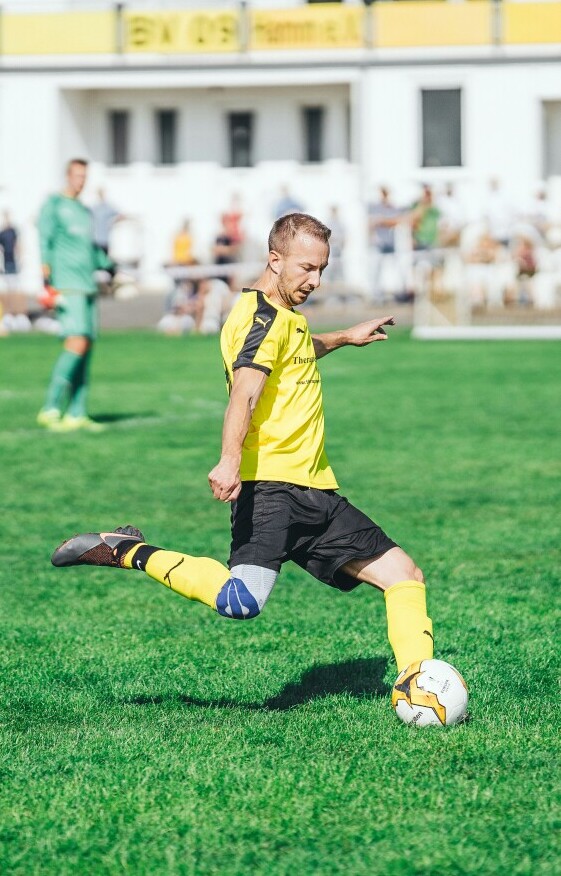
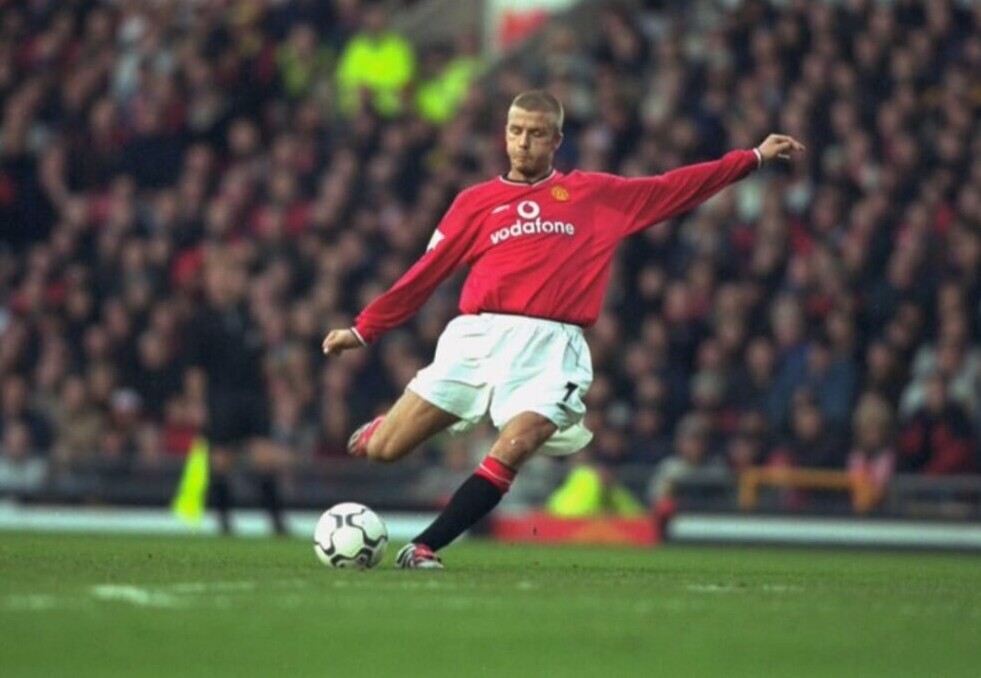
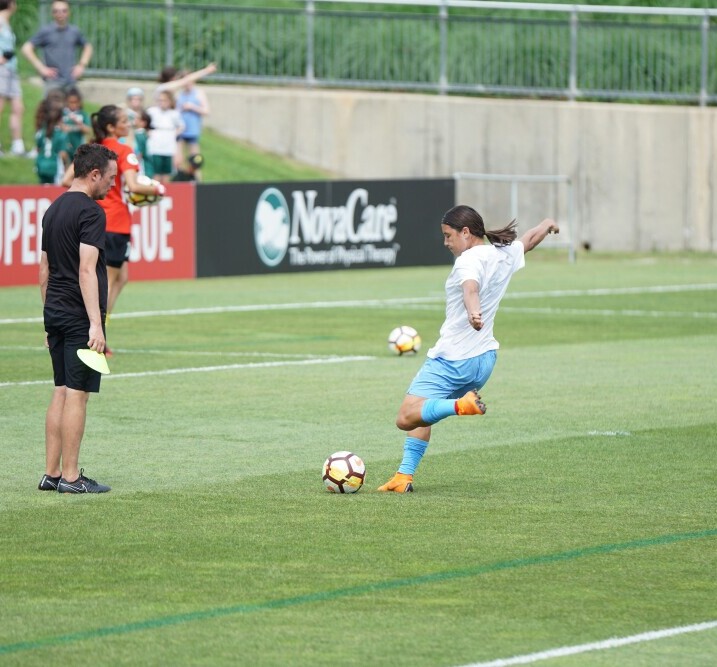
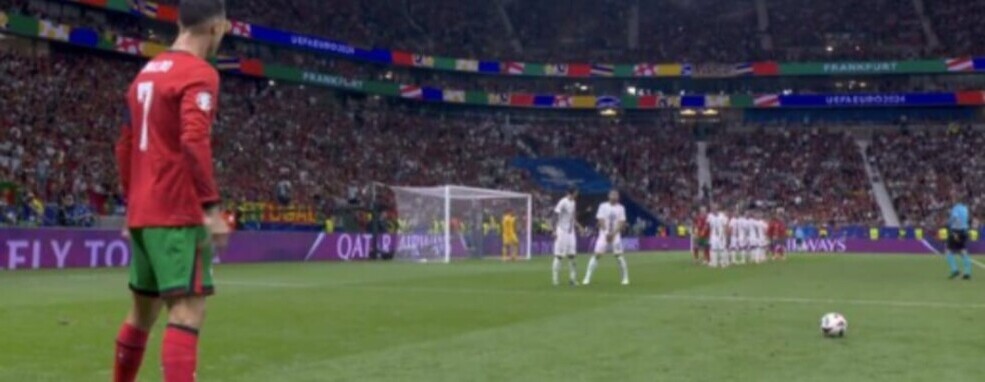
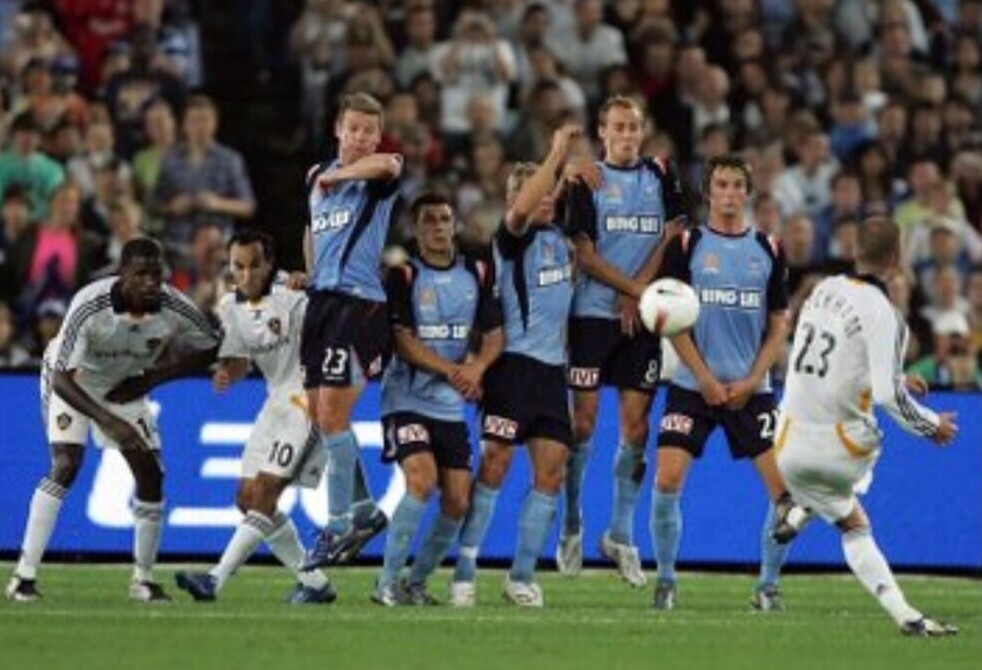
This post is an absolute goldmine for anyone looking to master free kicks! The breakdown of how different spins—topspin, backspin, and sidespin—affect the ball’s trajectory is super helpful. It really shows how much science goes into bending a shot just right. I love how you highlighted the importance of stance, footwork, and timing—it’s all about that perfect combo to make your free kick unstoppable.
The mental preparation section is also a game-changer. Visualization really does make a difference, and the way you break down how to stay calm under pressure is something every player needs. It’s not just about physical technique, but also about having the confidence to execute it when the stakes are high.
And those drills and challenges—so practical! Practicing under match-like conditions, with varying defensive setups and timed scenarios, is the best way to build those game-day instincts.
Thanks for sharing all these tips; they’re going to make any player’s free kick routine so much stronger!
Thank you so much for your kind words!
I’m really glad you found the post helpful—free kicks are such a fascinating blend of technique, physics, and mental strength, and it’s great to hear that the breakdown of spins, footwork, and timing resonated with you.
You’re absolutely right—visualization and mental preparation are just as important as physical execution.
So many players focus solely on technique, but having the confidence to step up and deliver under pressure is what separates good free-kick takers from great ones.
I’m also thrilled that you found the drills and challenges useful! Training under match-like conditions really does make a difference, and the more a player simulates real-game pressure, the more natural their free kick technique becomes.
Do you have a favorite type of free kick—are you more of a curved shot specialist or do you prefer a power strike?
Would love to hear about your experience!
“Great breakdown of free kick techniques! From my own experience, I’ve learned that focusing on the follow-through after striking the ball can make a huge difference in both accuracy and spin. For example, keeping your body balanced and following through in the direction you want the ball to go really helps with control. Also, practicing the knuckleball technique can be a game-changer — the unpredictable movement it creates is tough for goalkeepers to handle. Have you tried specific drills to master it? I’d love to hear your thoughts on what works best!”
Thanks for your insightful comment.
You’re absolutely right—follow-through plays a crucial role in accuracy, spin, and overall ball control. Many players focus just on the strike itself, but where and how you follow through can make all the difference in directing the shot exactly where you want it.
The knuckleball technique is definitely a game-changer when executed well! It’s tricky to master, but once you get it right, the unpredictable movement can be a nightmare for goalkeepers. One drill I’ve found effective is:
Target Practice with a Dead Ball: Set up cones in different areas of the goal and aim to hit them using minimal spin. This helps improve clean contact with the ball.
Wall Rebounds: Strike the ball against a solid wall using the knuckleball technique and observe its movement. Adjust your contact point and follow-through accordingly.
Slow-Motion Shooting: Start by striking the ball with a focus on making as little spin as possible, then gradually add power while keeping the technique consistent.
Have you found any specific drills or techniques that helped improve your free kicks? I’d love to hear what has worked best for you!
Thanks again for sharing your experience.